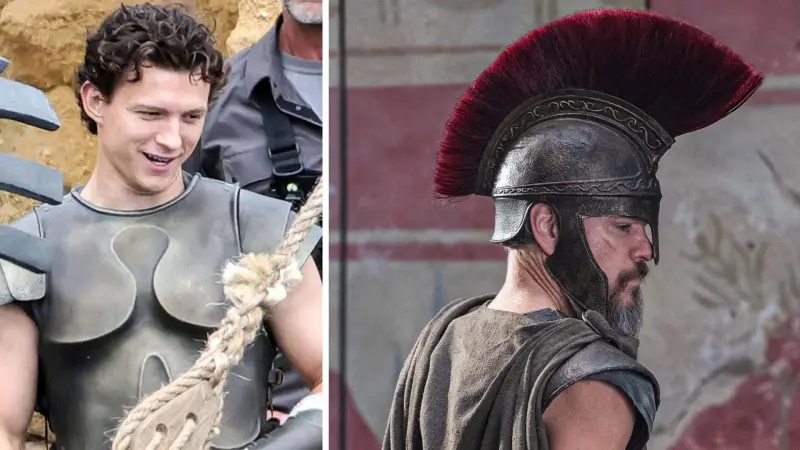Abstract Isis, one of the most significant deities in ancient Egyptian religion, played a crucial role in both mythology and daily religious practices. Revered as the goddess of magic, motherhood, fertility, and the afterlife, she was central to the Egyptian pantheon and influenced later religious traditions. This article explores the evolution of Isis's worship, her mythological significance, and her enduring legacy in Egyptian and Greco-Roman religious thought.
Introduction Isis, originally an Egyptian goddess associated with protection, healing, and magic, became one of the most widely venerated deities in the ancient world. Her worship extended beyond Egypt into the Greco-Roman world, demonstrating her profound impact on ancient religious traditions. The role of Isis evolved over time, from her early appearances in the Pyramid Texts to her prominence in the Osirian myths and her eventual assimilation into later religious systems.
Mythological Significance The mythology of Isis is deeply intertwined with the Osirian cycle, one of the most important narratives in Egyptian religion:
Osiris and Resurrection: Isis was the sister and wife of Osiris, the god of the underworld. When Osiris was murdered by his brother Seth, Isis used her magical abilities to resurrect him, enabling their son, Horus, to claim his rightful place as ruler.
Divine Motherhood: As the mother of Horus, Isis was depicted as a nurturing and protective figure, influencing later depictions of divine motherhood, including the Christian Virgin Mary.
Patroness of Magic and Healing: Isis was believed to possess extraordinary magical powers, which she used to heal and protect individuals, making her a central figure in personal devotion and temple rituals.
Worship and Religious Practices The veneration of Isis took various forms throughout Egyptian history, evolving from localized cults to widespread religious movements:
Temple Worship: Major temples dedicated to Isis, such as Philae and Behbeit el-Hagar, served as centers for pilgrimage and ritual devotion.
Mystery Religions: By the Hellenistic and Roman periods, the cult of Isis became a mystery religion, emphasizing personal salvation and an afterlife, spreading throughout the Mediterranean.
Priesthood and Rituals: Isis's priests and priestesses performed elaborate rituals, including processions, hymns, and magical incantations, underscoring her role as a mediator between the divine and human realms.
Isis in the Greco-Roman World With the expansion of Egyptian influence, Isis was assimilated into Greco-Roman religious traditions:
Hellenistic Adaptations: Greek syncretism merged Isis with goddesses like Demeter and Aphrodite, broadening her appeal beyond Egypt.
Roman Imperial Cult: Roman emperors often patronized Isis, building temples in her honor, such as the Iseum Campense in Rome.
Continuity in Christianity: Some elements of Isis worship, particularly her imagery as a nurturing mother, may have influenced early Christian depictions of Mary.
Conclusion Isis's role in ancient Egyptian religion was multifaceted, encompassing mythology, temple worship, and personal devotion. Her ability to adapt and integrate into different cultural and religious frameworks ensured her lasting legacy, making her one of the most enduring deities of the ancient world.
References
Assmann, J. (2001). The Search for God in Ancient Egypt. Cornell University Press.
Griffiths, J. G. (1975). The Origins of Osiris and His Cult. Brill.
Witt, R. E. (1997). Isis in the Ancient World. Johns Hopkins University Press.
Quirke, S. (2001). The Cult of Ra: Sun-Worship in Ancient Egypt. Thames & Hudson.







